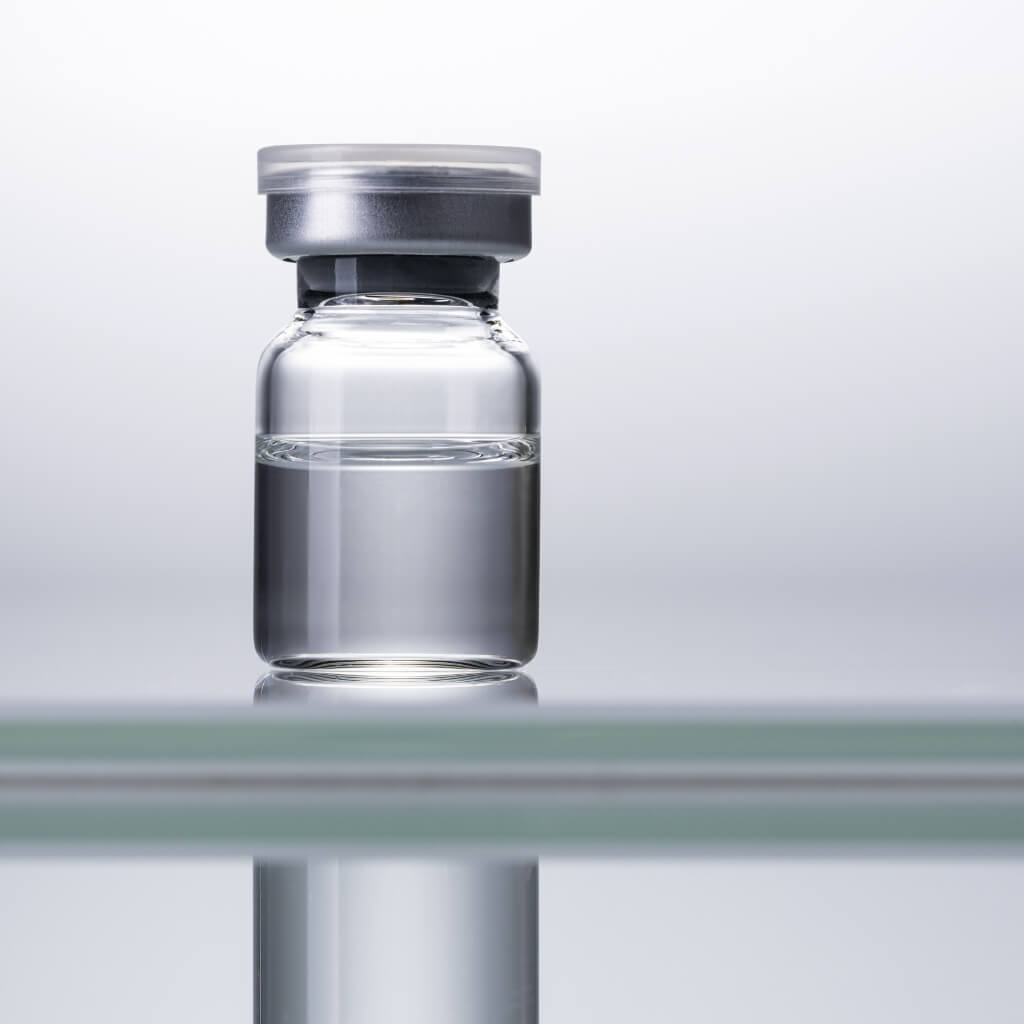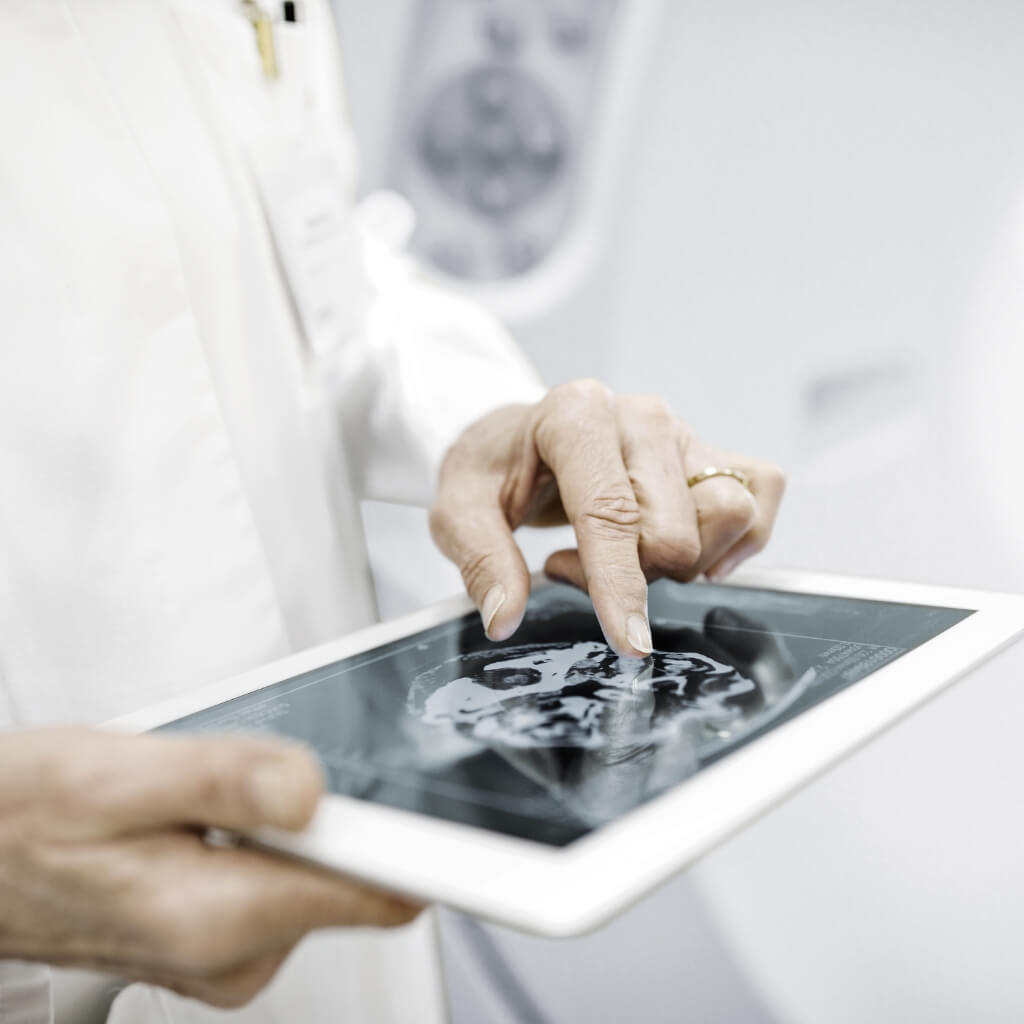Chimeric Antigen Receptor T Cell Therapy (CAR-T): Genetically programmed immune cell binds to and destroys cancer cell / Therapy is now available for the majority of indications
9. February 2022 • Cell / Gene technology
9. February 2022 • Cell / Gene technology
Researchers at Leipzig University have succeeded in moving tiny amounts of liquid at will by remotely heating water over a metal film with a laser. The currents generated in this way can be used to manipulate and even capture tiny objects. This will unlock groundbreaking new solutions for nanotechnology, the manipulation of liquids in systems in tiny spaces, or in the field of diagnostics, by making it possible to detect the smallest concentrations of substances with new types of sensor systems. In an article recently published in the high-impact journal “Nature Communications”, Martin Fränzl and Professor Frank Cichos of the Faculty of Physics and Earth Sciences at Leipzig University describe how this was achieved.
Martin Fränzl and Professor Frank Cichos have now found that they can generate very strong fluid flows even in the tiniest of channels by heating a very thin metal film on one side of the channel with a focused laser beam. The flows originate in an ultra-thin liquid layer just a few nanometres above the surface of the metal and mix the liquid in the channel with a specific flow pattern. Fränzl measured this flow pattern using nanoparticles as tracers. Not only have the scientists succeeded in exploring the origin of these currents, but they have also shown that they can capture, separate or transport nano-objects by cleverly combining currents and controlling other forces remotely by laser.
“This is fascinating,” said Fränzl, “because it allows us to control how objects and fluids move at the nanoscale without moving the entire fluid in the channels.” Similar approaches are already being used in a project run by the joint Transregio / Collaborative Research Center 102 at the Martin Luther University Halle-Wittenberg and Leipzig University to study the formation of protein aggregates involved in the development of neurodegenerative diseases.
Both researchers are particularly interested in combining these laser-driven thermofluidics with machine learning techniques in order to create automated smart nanofactories – for nanoscale manufacturing, programmed material manipulation and sensor technologies – that optimise and adapt to new requirements based on the information they collect.
“We believe that thermofluidics will help us develop new technologies and solutions that may be highly useful for new collaborative projects such as the µChem initiative, which combines physics, chemistry, biochemistry and artificial intelligence in microenvironments,” said Professor Detlev Belder from the Institute of Analytical Chemistry at Leipzig University’s Faculty of Chemistry and Mineralogy. This paves the way for lab-on-a-chip applications.
The method was developed in collaboration with b-ACTmatter, the Interfaculty Center for Bioactive Matter, which is being funded under the federal programme STARK. STARK was set up to promote the transformation process in coal regions. b-ACTmatter aims to develop new materials and technologies that contribute to an innovative, sustainable and circular development of the economy.
M. Fränzl and F. Cichos: “Hydrodynamic manipulation of nano-objects by optically induced thermo-osmotic flows” Nature Communications
DOI:10.1038/s41467-022-28212-z
Created by:Jörg Aberger

cell-immune-gene-therapies
Small glas bottle which is normally used to store vaccine
Chimeric Antigen Receptor T Cell Therapy (CAR-T): Genetically programmed immune cell binds to and destroys cancer cell / Therapy is now available for the majority of indications

digital-health
Human who looks onto a recording of brainwaves on his tablet computer and moves the model with his fingers
The Smart Infrastructure Hub Leipzig will receive a further 1,9 million euros from the cluster funding of the Saxon Ministry of Economic Affairs.

cell-immune-gene-therapies
Small glas bottle which is normally used to store vaccine
A relatively small metropolis in Germany’s Free State of Saxony – a dynamic hub for the life science industry? What was just a vision 20 years ago has become a reality for the city of Leipzig, which from October 24-26 co-hosted BIO-Europe, Europe’s largest annual biotech partnering event.

services
Woman who looks at something through a microscope while another woman ist watching her
The European Commission has approved the Saxon ERDF/JTF program for the funding period 2021 to 2027.